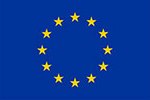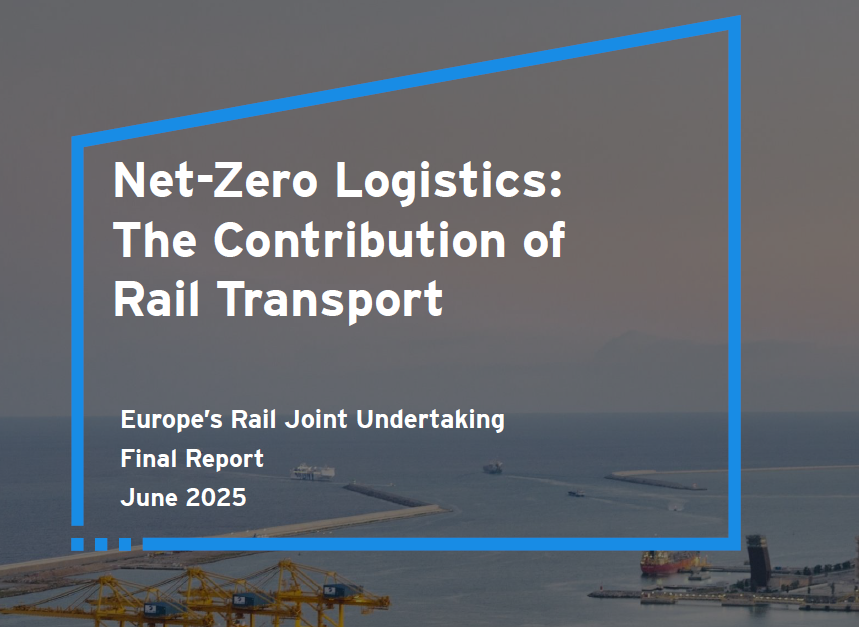Europe must take decisive steps to simplify and modernise its rail systems to strengthen competitiveness,...
D15.1 – Requirements for the deployment of TMS linked with ATO-C-DAS
Output type:
This document constitutes the Deliverable D15.1 “Requirements for the deployment of TMS linked with ATO/C-DAS” in the framework of Flagship Project FP1 – MOTIONAL as described in the EU-RAIL MAWP. This deliverable is from Work Package (WP) 15 “Linking TMS to ATO/C-DAS for optimised operations” and is based on the outcome of task T15.2 and initial results of task T15.3. It is setting up requirements for innovations in TMS – ATO/C-DAS including relevant background information.
The focus of WP15 is to study and enhance the link between TMS and ATO/C-DAS in order to, e.g., enhance operations, improve feedback loops, and increase standardization. This report lays out the ground for the continued work in WP15/16 of FP1 Motional in EU-RAIL. The objective of the report is to present the current situation both as “state-of-the-art” and “state-of-practice”, describe the needed development and innovations that will be target of future work in WP15/16, and to capture the requirements that are important to consider in the development work.
The “state-of-the-art” study shows that there are important concepts and standards that are evolving in the area, like SFERA, ERTMS/ATO subsets, and the RCA. There is important knowledge to build upon regarding, e.g., energy optimisation, train trajectory optimisation, communication, and data models. The “state-of-practice” overview shows that several countries have made important implementations (both trial and “real”) of C-DAS with important conclusions valid for both C-DAS and ATO operations. There are fewer implementations and tests regarding ATO, but also in that area important experience has been made to further build upon.
For the system architecture in the area, design and analysis principles are proposed, both to get harmonization and also to help a common understanding. Communication platforms provide important bases, like the Integration Layer and the standardized data format of the Conceptual Data Model (CDM). But further developments are necessary to adapt them for the relevant area.
The continued work of WP15/16 will be very much based on the partners’ previous experience in the area and on the evolving standards. This certifies both that the work will be relevant, reusable, and move the state-of-the-art forward. The planned work a has broad base for important improvements and includes, e.g., improved RTTP and TPE construction for better ATO/C-DAS efficiency, architectural and communication developments for standardization, and better adaptation to human factor aspects of TMS – ATO/C-DAS systems.
The development work will both consider and contribute to the standards in the area and will adhere to important concepts setting up requirements on the development, such as SFERA, relevant ERTMS/ATO “subsets”, RCA, and concepts under development, such as the Integration Layer and Conceptual Data Model, as well as other types of requirements such as human factors, correctness of information, and response times.
















